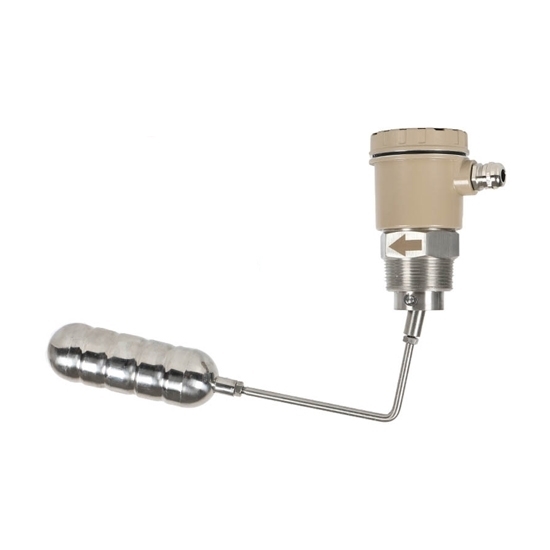
- Stock: In Stock
- Model: RDDLZ-TMFS-LF20D
- Weight: 1.00
- SKU: RDDLZ-TMFS-LF20D
Available Options
Top mounted float level switch is a liquid level sensing device commonly used in industrial and commercial applications. It consists of a buoyant float connected to a switch mechanism, typically mounted at the top of a tank or vessel. As the liquid level changes, the float rises or falls, activating or deactivating the switch accordingly.
Specification
- Model: RDDLZ-TMFS-LF20D-TOP
- Type: Standard Thread Type
- Connection Type: G1 Thread (Customized G1 1/2 Thread for Additional Price)
- Power supply (Optional): 20~250V AC 50-60Hz, 19~60V DC
- Junction Box: Aluminum/ IP65
- Output Contact: 5A/ 220V AC
- Contact Form: SPDT (IC)
- Signal Output (Optional): Relay Output: 4A/ 250V AC Max, 4A/60V DC Max; Non Relay: NPN/ PNP
- Operating Pressure: 15Bar
- Medium Temperature: -40~200℃
- Operating Temperature: -20~200℃
- Wetted material: SUS304 Stainless Steel (Customized 316 Material for Additional Price)
- Applicable Proportion: 0.55
- Measured Medium: Various Types of Liquids and Powders
Dimension (Unit: mm)
Installation Method
- The installation should be far away from the water inlet (outlet) to avoid malfunction caused by water fluctuations.
- When installed in an area with stirring, anti-wave pipes or baffles can be installed;
- The control line load cannot be used with overload (use with less than the contact capacity).
- The angle at which the float and its connecting rod move up and down (with the horizontal line) is ±14 degrees. When the float is in a horizontal position, the switch operates.
- When installing, pay attention to the length and hole size of the connecting pipe to ensure the floating range of the float.
Note: There is a certain error allowed in the total length of the float and connecting rod.
Tips: Is top mounted float switch suitable for corrosive liquids?
Top mounted float switches are generally not recommended for corrosive liquids. Corrosive substances can damage the materials used in the float switch, compromising its reliability and longevity. In corrosive environments, it is advisable to use materials that are resistant to corrosion, such as certain types of plastics or corrosion-resistant metals. Submersible float switches, designed to be immersed in the liquid, are often a better choice for handling corrosive fluids. These switches are protected from the corrosive effects of the liquid, ensuring more durable and accurate operation over time. When dealing with corrosive liquids, it is essential to carefully select components that can withstand the chemical properties of the fluid to maintain the effectiveness and safety of the overall system.
